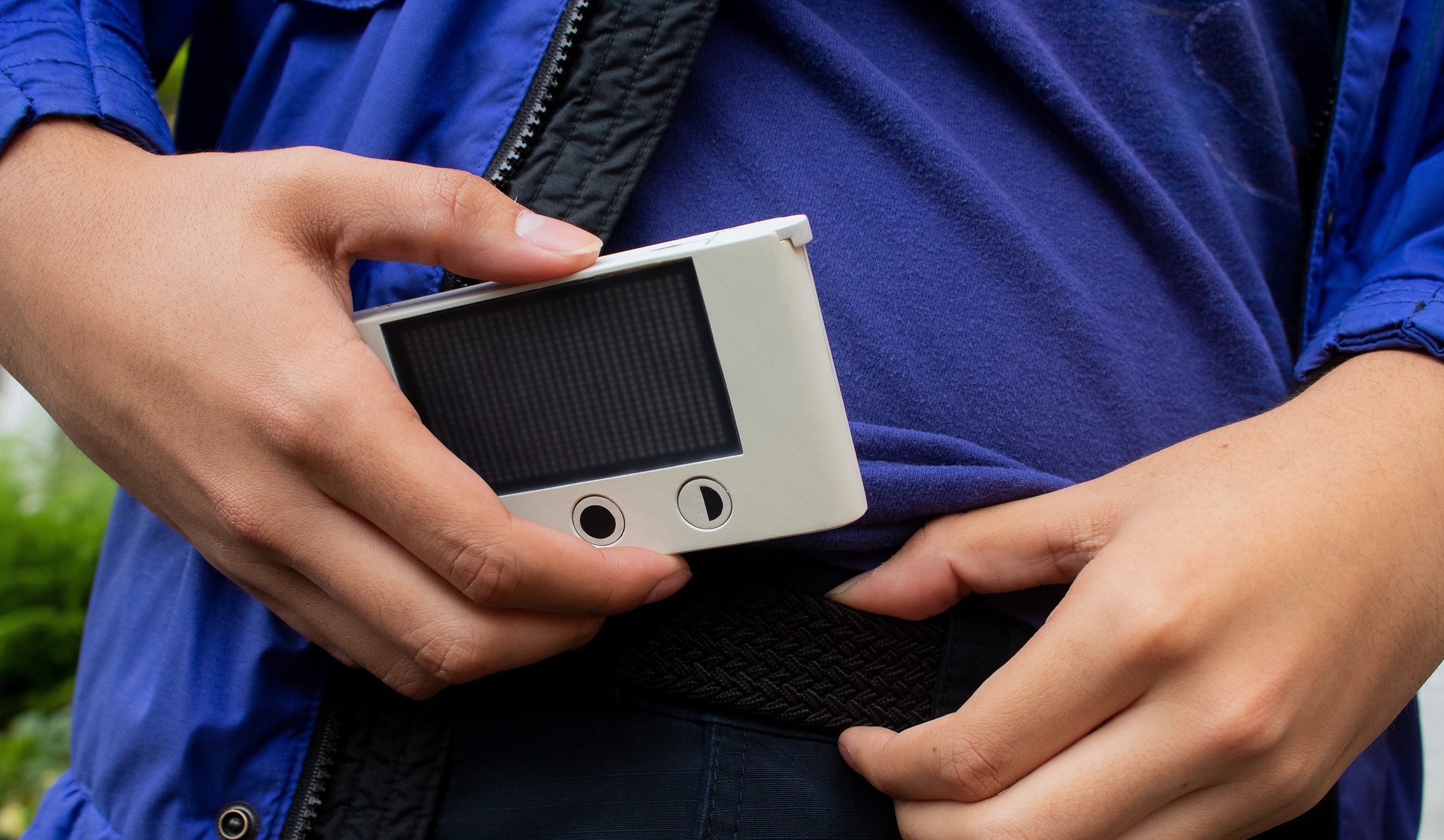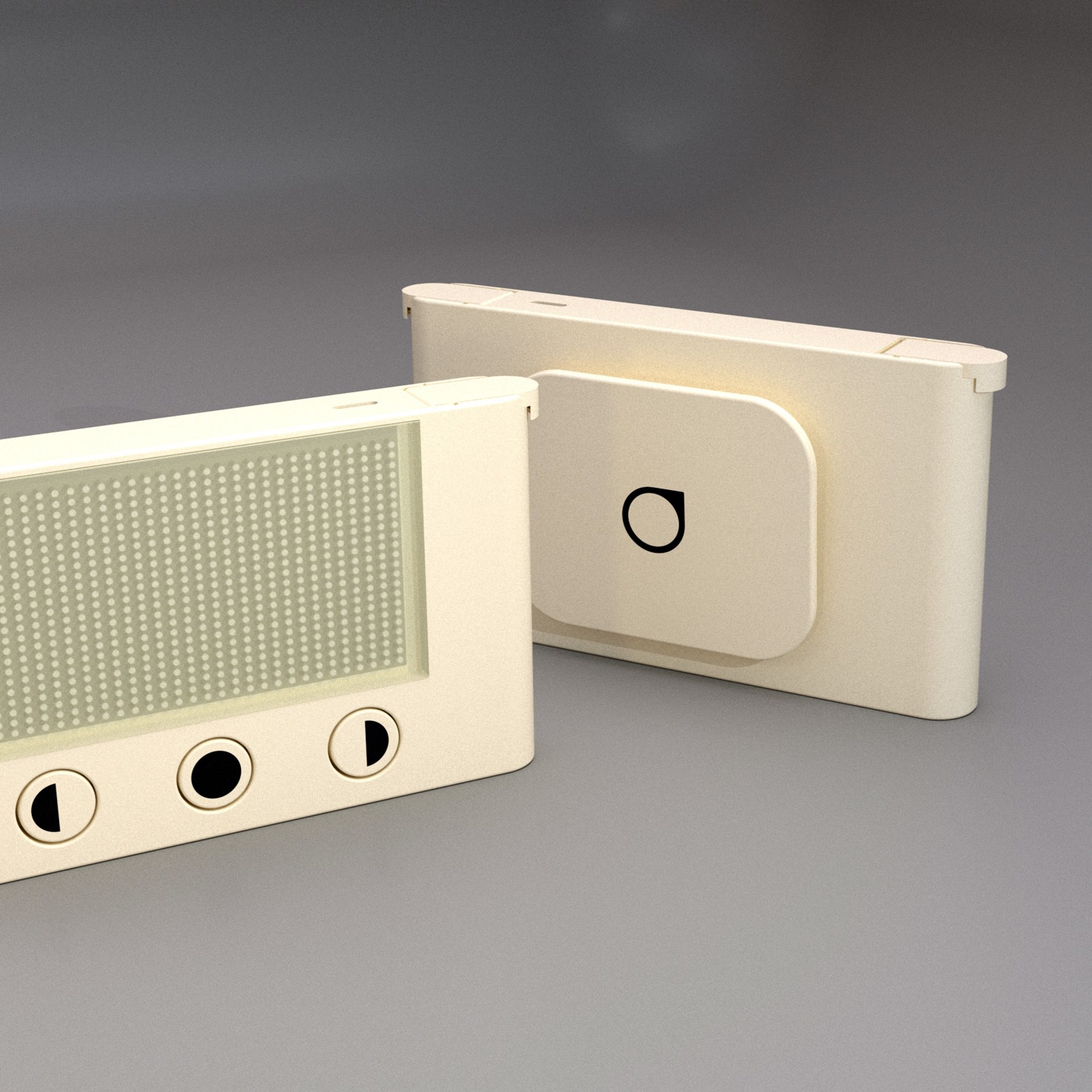





THE product
The Dexcom One glucose monitor features a dot display that only shows what the user needs immediately. It displays recent test results, as well as averages over certain periods. This info can be sent to the Dexcom CLARITY app so that the user can explore all of their data over time. It will also alert the user immediately if their blood glucose is at a dangerous level.
additional features
- Belt clip for portability
- Storage for test strips and lancet needles
- USB-C charging port
- Vibrates when results are ready and at recommended testing times that the user can change





market research
25.8 Million people in the US have diabetes as of 2015. About 90% of that group is composed of those with type 2 diabetes.
Those older than 65 make up the biggest subgroup in the diabetic population, which means that most monitors are marketed towards them. This has resulted in neglect towards other groups, like young adults, who may be dealing with a recent diagnosis.
The Dexcom One eliminates the neglect towards younger market groups. It provides a higher level of convenience for those that are constantly on the go and provides a welcoming introduction to the process of monitoring glucose levels.
development process
The Dexcom One was initially supposed to combine a lancet pen, test strips, and a monitor into one product. However, having all of these functions made it too complicated. It wouldn’t have been able to perform all three tasks efficiently.
A standard ReliOn monitor was analyzed to understand what a glucose monitor needs to function, it was also a perfect example of what a monitor shouldn’t look like for the standard young adult who was just diagnosed with diabetes.
After multiple paper models and test prints, the final design was modeled in Rhino and rendered in V-ray. This model would then be resin printed, sanded and airbrushed. The model display was made using a piece of laser cut acrylic.






